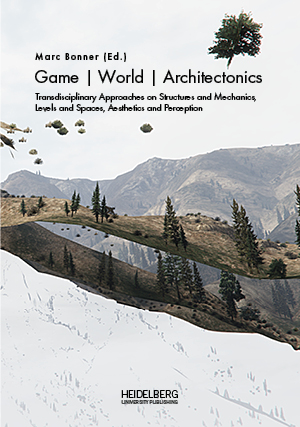Zitationsvorschlag
Lizenz (Kapitel)

Dieses Werk steht unter der Lizenz Creative Commons Namensnennung - Weitergabe unter gleichen Bedingungen 4.0 International.
Identifier (Buch)
Veröffentlicht
“I love how you can see the bottom of the universe from this room.”
The Real-Virtual Architecture of Davey Wreden’s "The Beginner’s Guide"
Abstract The Beginner’s Guide (Everything Unlimited Ltd. 2015) is Davey Wreden’s follow-up game to the critically acclaimed The Stanley Parable (Galactic Café 2013). It is a collection of half-finished experimental games created by a developer named Coda. Davey Wreden guides the player through these game fragments in order to explore Coda’s personality. At first glance, The Beginner’s Guide is a deconstruction of game architecture: the game does not try to hide the artificiality of its scenery, it uses very basic polygon models and textures, and even exposes irregularities and glitches in its level structures. But at second glance, the role of these cracks in the fabric of the game’s fictional world seems more complex as some glitches turn out to be carefully constructed rearrangements of internal and external views of the game world. In this way, the true revelation seems to be that games are not just fictional worlds but objects in themselves—and by accentuating and embracing their nature as constructed objects, these broken fictional worlds become somewhat more real.
Keywords The Beginner’s Guide, indie game, authorship, real, virtual, fictional






